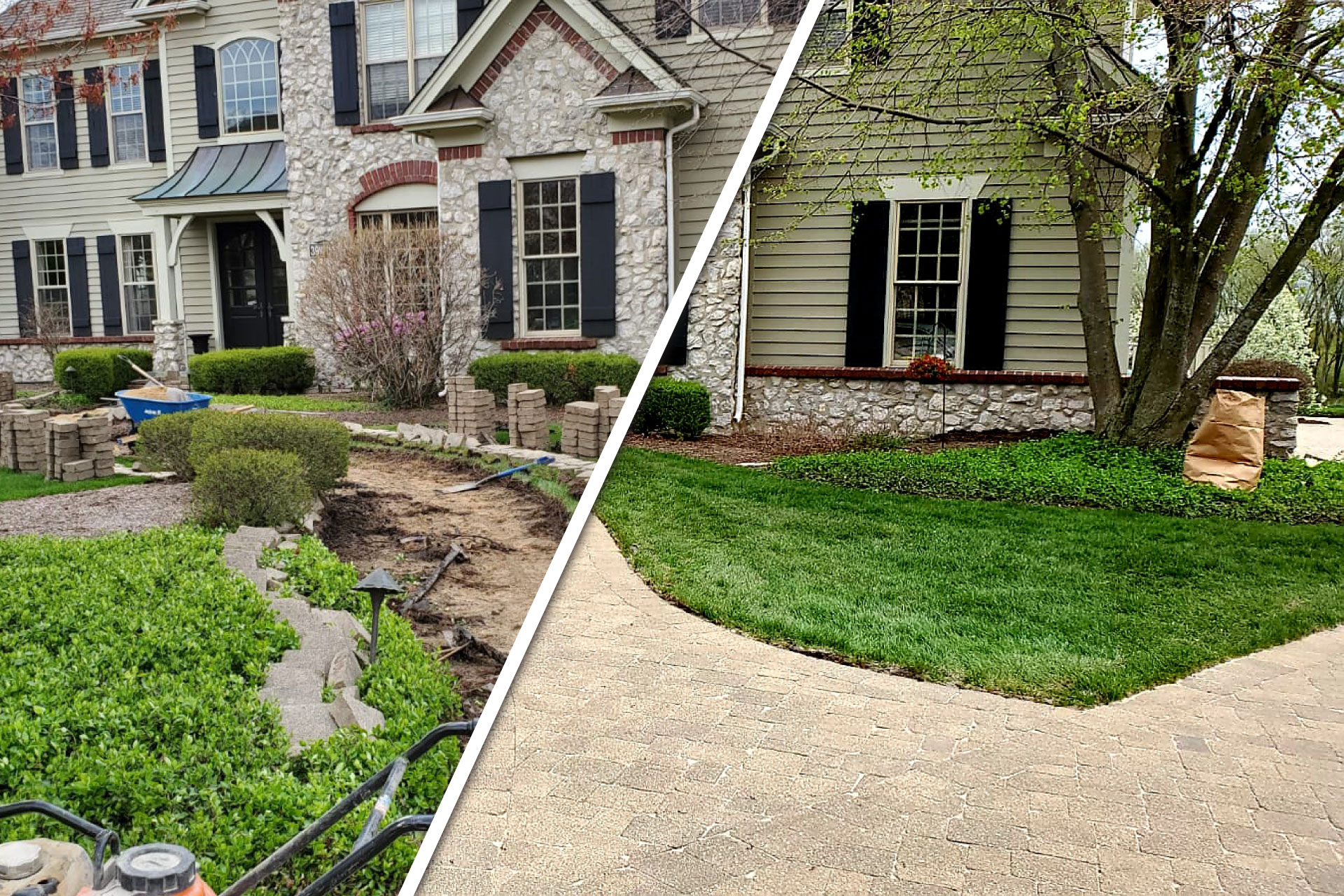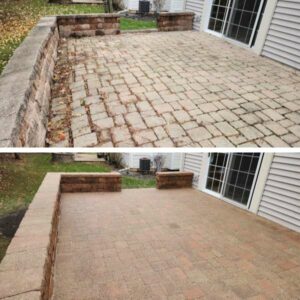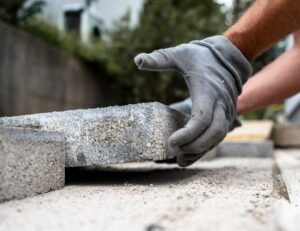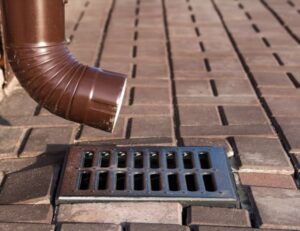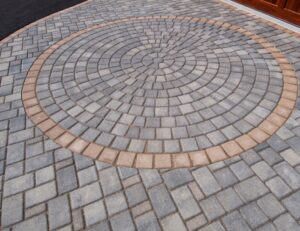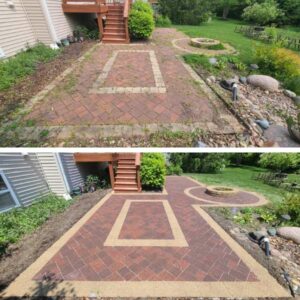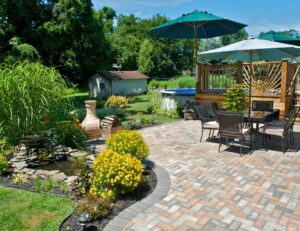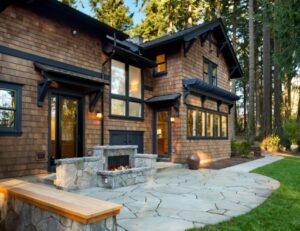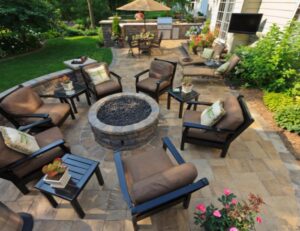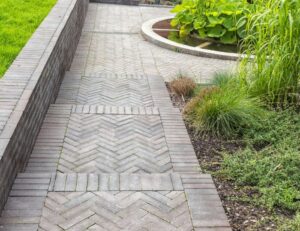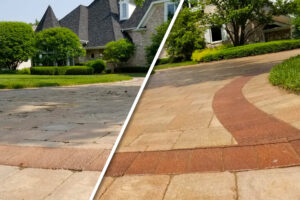Don’t we all wish that things would last forever?
Unfortunately, this is not the case and if your brick paver patio, driveway, walkway, or pool deck was installed 5+ years ago you will know that we are not exaggerating.
It is common for your pavers to develop low areas over the years due to excessive wear and traffic, especially if preparation of soil, base or compaction were poorly performed prior to initial paver installation. In fact, we believe that aside from normal ground shifting, wear, settling or heaving; lack of compaction and poor preparation of subbase is to be one of the main reasons for brick pavers to settle/sink.
On the other hand if you live close to the northern hemisphere (such us Illinoisans) it is even more common with all the freezing and thawing cycles and more likely for your pavers to develop a low area here and there, creating a perfect condition for water to puddle and if left untreated, potentially the low spot will expand furthermore costing you more money down the road.
We can safely say that 95% of our brick paver restoration projects will include some type of paver repair or rebuilding, either at its entirety or partially.
The good news is that in most cases, all these projects have been totally and successfully rebuilt and re-leveled using the existing brick pavers thus cutting the total paver repair project cost to our clients than if we were to compare to rebuilding using new materials and disposing old ones. The result… your pavers looking like if they were recently installed! Browse our Before & After gallery for success repair photos.
The same cannot be said for concrete or asphalt. To repair these a mark or trail will always be left behind where the repairs were done. So, having brick pavers has its advantages against other types of paving, but they require maintenance to keep them looking their best.

